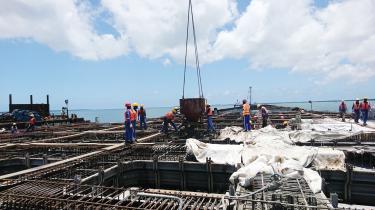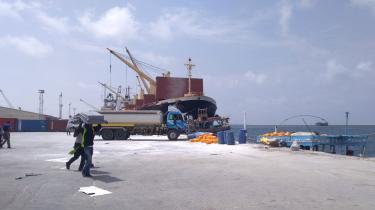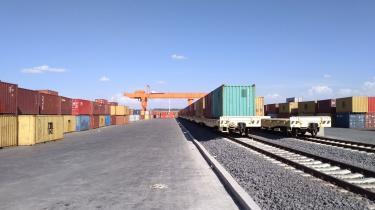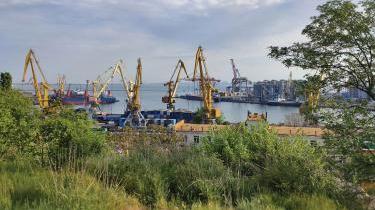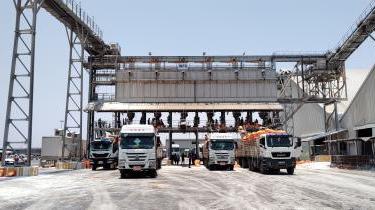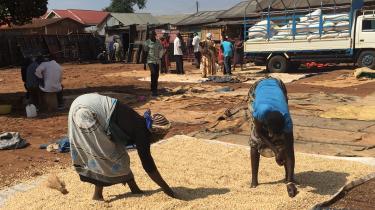When the Intergovernmental Authority on Development (IGAD) first envisioned a regional infrastructure masterplanning exercise, they anticipated taking the same sectoral approach that they had used for previous regional infrastructure master plans. Having analysed regional economic and social data, however, and assessed the region’s priority needs, our team proposed instead an approach focused on priority economic corridors that would accelerate implementation of trans-border projects and resulting impacts in terms of trade and growth.
The IGAD Regional Infrastructure Master Plan (IRIMP) is a US$2.16 million multi-sector infrastructure investment programme for the IGAD regional economic community (REC) covering the period 2020-50. Funded by the African Development Bank, it is a critical step on the road to regional integration and is all the more timely with the recent ratification and operationalisation of the African Continental Free Trade Area (AfCFTA), of which RECs such as IGAD will act as building blocks to wider continental integration.
The design of the IRIMP is the first project that Triple Line has undertaken for the IGAD Secretariat, building on our experience and networks across the Horn of Africa. As the strategic framework for trans-border transport, energy, water and ICT infrastructure development in the IGAD region, the plan’s objective is to catalyse investments that promote integration across the region; facilitate intra-regional trade and the flow of goods, services and people; and support inclusive, resilient and sustainable regional economic growth.
We took a spatially-oriented corridor approach to maximise impact and accelerate implementation of trans-border projects
Our team proposed an approach that was oriented spatially rather than sectorally, and focused on planning for priority economic corridors, integrating the four physical infrastructure sectors as well as non-physical initiatives to promote investment and harmonisation of policy and regulations. Taking a holistic corridor approach maximises the impacts of investment in infrastructure and also accelerates the implementation of trans-border projects, which can often take many years to negotiate, by providing a framework for developing projects across multiple sectors under the same agreement.
Our ‘Plan to implement’ principle ensured an action plan containing fewer but better-quality projects
This has been underpinned by the rapid prioritisation of a pipeline of projects. Our informal ‘Plan to implement’ motto for strategic planning projects placed strong emphasis on prioritisation to identify infrastructure projects that will have the biggest impact and are most likely to be bankable. This resulted in an action plan of fewer, better-quality projects: from an initial inventory of more than 200 projects, 23 were selected.
The focus on economic corridors and stringent project prioritisation has ensured that the IRIMP is well aligned with, and contributes to, initiatives such as the Program for Infrastructure Development Africa Priority Action Plan 2, the continental level strategic infrastructure programme. Once adopted, the IRIMP will help secure much needed investment and stimulate inclusive growth in the Horn of Africa. The plan is due to be formally adopted following a final workshop, which will take place once Covid-19 travel restrictions are lifted.
Credit: title photos by Matthew Crighton
The photos used in this case story's title are Lamu Port (Kenya); part of the Lamu-Southern Sudan-Ethiopia Transport Corridor (LAPSSET) which will link Kenya with Ethiopia, Uganda and South Sudan. Berbera Port (Somalia), the official seaport of Berbera, the commercial capital of Somaliland. And in Ethiopia, Modjo Dry Port located 73 Km from the capital and connected to the new Ethiopia-Djibouti Railway line.
